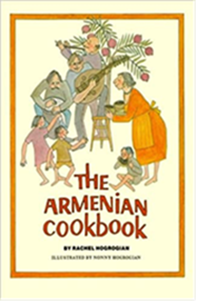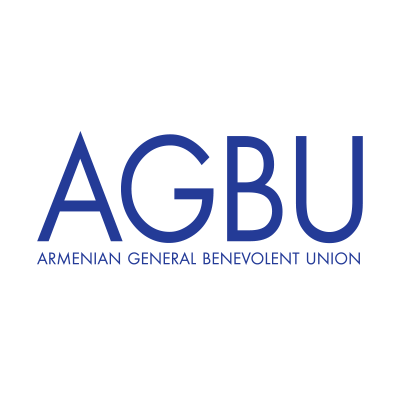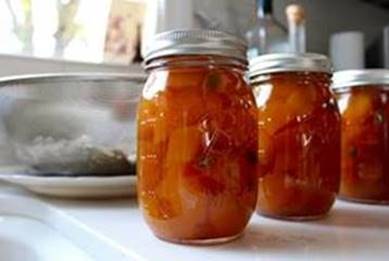“Armenian cuisine is as varied as the Near East and the areas the Armenians came from.” This is the first line of the late Rachel (Ansoorian) Hogrogian’s The Armenian Cookbook published in 1971. “There is midia dolma (stuffed mussels), a specialty from Constantinople; keshkeg and pacha, the hearty meals eaten in the mountains around Erzinjan; and lahmajoon, a meat pie that is very special when made by the people of Aintab (or Antep). There is a natural overlapping with Turkish, Greek, Persian and Arabic foods.”
In her seminal cookbook, Rachel showcases her family’s long journey and history of survival, and their collection of traditional Armenian recipes in their incredible flavors and varieties — from appetizers and rich soups to succulent meat, fish, lamb, and poultry dishes, to grains and vegetables, and desserts that are the perfect climax to any meal. Rachel was born on the island of Cyprus, where her parents had emigrated from their native Aintab, Turkey. Other family members were from the Erzurum area (Erzinjan and Chmishgezek), and Aleppo. Her family lived in Cyprus from the late 1890’s until 1910, when they eventually emigrated to Union City, New Jersey when she was a child. Like many Armenians who were forced to leave their homes because of the Armenian Genocide, Rachel’s family and relatives could bring little with them but their love and preservation of their region’s food, music, and history.

“The Armenian Cookbook was lovingly written by my grandmother and illustrated by my two-time Caldecott Medal-winning aunt, Nonny Hogrogian, a renowned illustrator of children’s books,” says Liza Boyajian, Rachel’s granddaughter. “I was about 10 years old when my dear grandmother decided to create this essential cookbook that includes an Armenian food glossary, menus, and index. It was a labor of love to write down and record these old family recipes. We spent an entire year tasting and testing these classic recipes, as she tried figuring out how much ‘a pinch of this and a pinch of that’ was. My grandmother made attainable many of those splendid breads and pastries that may have seemed too great a challenge to the intermediate baker. The lahmajoon made by the Aintabtsees (people of Aintab) is unsurpassable, as you will see, and you have never tasted keshkeg as good as the keshkeg from Erzinjan which she also included.”
Out of print since 1980, Liza self-published The Armenian Cookbook in 2014 on Amazon to keep her grandmother’s recipes accessible for new readers. “Republishing my grandmother’s cookbook was a way to keep her recipes alive for future generations — it’s my own personal Armenian cooking bible. Her cookbook serves as a great introduction to classical Armenian dishes, with a little family history thrown in, too. My grandmother was a very talented home cook who used large amounts of butter when cooking. I don’t think many people were too worried about cholesterol in 1971. But she would never substitute margarine when making her Armenian desserts and pastries. Her cookbook reminds me of the times we shared together tasting each of the recipes that have been passed down for generations — like my grandmother’s Tutumov Rechel filled with real pumpkin goodness.”

Ingredients:








